Posted on 12/30/2022
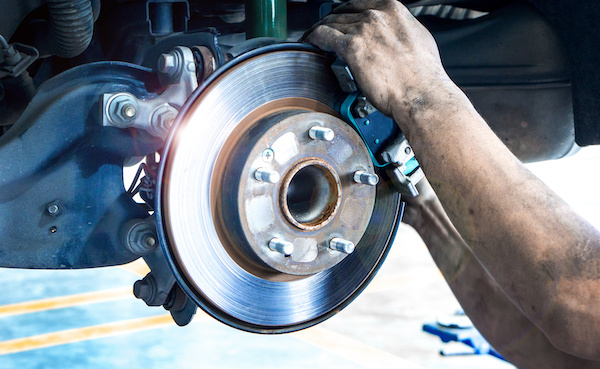
Cars are designed in such a way that they need to include a safety system, so when an accident happens, the airbags are inflated to cushion a driver's crash. Similarly, the brakes prevent you from getting into an accident, or to stop when it's necessary. But if it has happened to you that your brakes do not respond correctly on more than one occasion, this is serious. It will be better that you fix them before something happens to you or those who cross your path. I will give you some top signs that your car needs brake repair service: • The brake pedal is vibrating: It may be due to very worn rotors. When they are deformed, vibrations will result. • The brakes stop slowly: Sometimes you need to stop fast, but the brakes don't stop instantly. It could be due to an air leak in the brake fluid area or brake hose. • It's necessary to press the brakes to the ground: It may be because there is air in the brake fluid or there is little fluid in the brakes. &b ... read more
Posted on 11/21/2022

We are fortunate enough to gather with our loved ones wherever this Thanksgiving. For most of us, it wouldn’t be possible without the help of our cars. Our automobiles are essentially an extension of our legs – they take us far and wide, day in and day out. Why not show your car, SUV, or truck a little love over the holidays with some much-needed maintenance? At inMOTION Auto Care, we’re thankful for our customers and the experiences we share with them. With their continuous support, we can pour our hearts into providing quality car care and repairs. Not only has your vehicle given you much support, but it has brought you and the team at inMOTION Auto Care together. There are many ways you can show your vehicle some appreciation for Thanksgiving. Here are our top 5 recommendations: Car Wash - Plain and simple. A scrub and some suds. With rain and snow coming our way, along with long road trips, a lot of dirt and grime may cling onto your car and ... read more
Posted on 10/28/2022
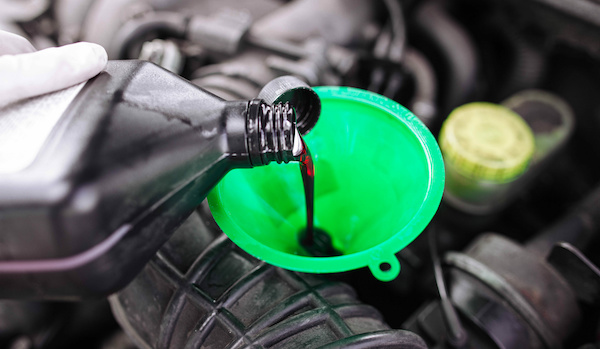
While cars come with manuals and instructions of maintenance, most of them depend on how the vehicle is being used. This is why it is important to know when it is time to change your transmission fluid before it causes worse damage. Driving Practices You aren't required to change gearbox fluid frequently for typical driving under normal circumstances. However, if your car is used in ways that are out of the ordinary, like: • Either heavy hauling or towing • Driving slowly for a prolonged period of time • Driving a lot on unlevel ground You might need to change it on a regular basis, depending on how frequently it is used. For manual transmissions, the norm is to be changed every 15,000 miles, and for automatic transmissions, every 30,000 miles. Keep monitoring the fluid on a frequent basis. If the color is anything other than the typical brilliant red, choose a different option. Signs that it's time to change your transmission fluid There are other visual in ... read more
Posted on 9/29/2022
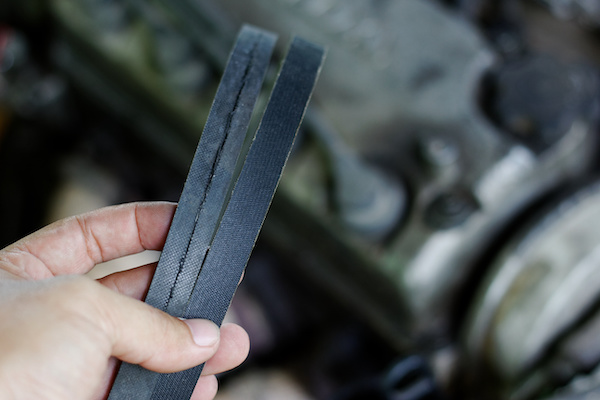
The serpentine belts in our vehicles play a significant role – they transfer power from the engine to various components like the alternator, power steering pump, A/C compressor, water pump, and so much more. Because this belt runs through all these various systems, this belt can sometimes be referred to as the accessory belt. Back then, the serpentine used to be made of neoprene. Whereas, the material on these belts today are sturdier and harder to diagnose. Nevertheless, there will come a time when you will need to replace the serpentine belt, its tensioner, and/or pulley. When the tiny grooves on the serpentine wear off, you might notice it slipping here and there. As a result, your accessories will malfunction. Below is a full list of warning symptoms that a worn serpentine belt may give off: Battery warning light illuminated Trouble steering Problems with car A/C Squealing sounds from under the hood Visible cracks on belt It is so important that vehicle owners ... read more
Posted on 8/29/2022
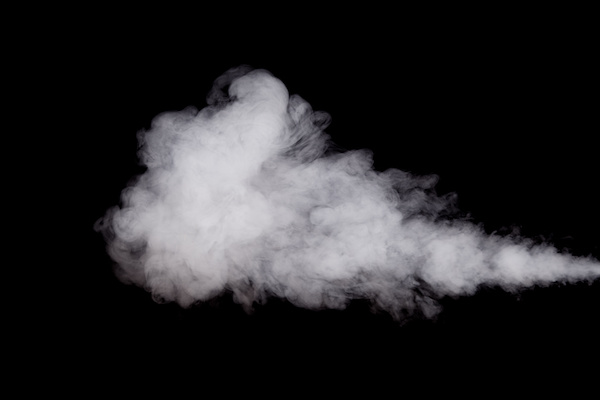
Most modern vehicles nowadays run cleaner than ever before. Rarely do cars spit out heaps of exhaust fumes. When you do catch puffy clouds from your car, there’s usually a greater problem at hand. The color of exhaust smoke can be very telling of what is going on within the vehicle. Exhaust smoke can be white, blue, or black. Here is what they can mean: White Exhaust Smoke Before you panic at the sight of white exhaust smoke, you should double-check to see whether it is actually smoke and not steam. Steam is lighter and wispier than white exhaust smoke, and it rarely means there’s a problem. It is simply just condensation. However, thick white smoke could signify that: The engine is too cold The head gasket is leaking coolant The cylinder block or head is cracked Blue Exhaust Smoke Blue exhaust smoke from the tailpipe is most likely a result of the engine burning oil. This could is often found to be caused by one of the following: Oil leaking into the combus ... read more
Posted on 7/25/2022
.jpeg)
Summer is approaching. It is time to get out and enjoy the fun of riding. But did you know warmer months can be a toll on your car battery? During hot weather conditions, the air temperature created under the bonnet can deter your battery from functioning well. So, before you decide on indulging in the summer adventure, it is crucial to take care of your battery. Ultimate tips on how to protect your battery during summer Keep it cool First and foremost, keep your battery cool because the heat on the bonnet can drain it. Parking your car in cool or shade garages can increase its lifespan. Even better, the interior of your car can get cool, too. Maintain your battery Keep your battery always clean against grease and dirt, which can trap heat around it. Perform regular maintenance, including battery tests, and changing oils, among others. Check out our auto repair shop for more information about maintenance. Charge your battery correctly One of the critical things in increasing yo ... read more
Posted on 6/28/2022
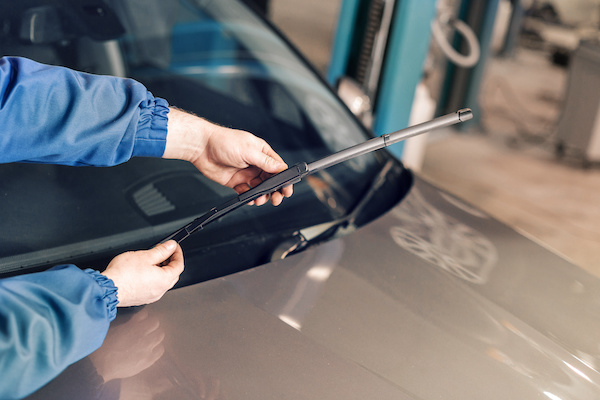
The weather in Lincoln, NE goes through significant changes throughout the year. It can rain, snow, or shine (and everything in between). That is why it is so important for Lincoln drivers to be cautious of their windshield wiper’s condition. Your car needs to be fit to handle any type of condition. Having a good, effective set of windshield wiper blades on your vehicle can make a significant difference in visibility and your safety. Unfortunately, most people neglect replacing their wipers until it is too late. How Do You Know When to Change Your Wipers? First, can you remember the last time you replaced them? More than likely, if you have to think hard about it, it’s been too long of a time. Experts recommend replacing them every 6 months to a year. Even if it doesn’t rain year-round where you are, wipers can dry out dramatically during the summer, which is usually the ideal time to change them. Another way to tell when you need to change them is by l ... read more
Posted on 5/30/2022
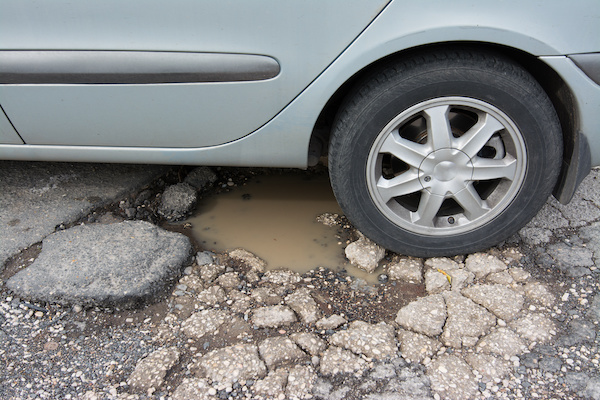
Certain impacts on the road can cause bubbles in your tires. For instance, when hitting potholes, getting into small collisions, and obstructing a curb and speed bumps can all hurt your tires. Healthy tires should stay smooth and round, so if you notice a bubble or bulge on the sidewall, it’s a sign that something is wrong. You should not continue driving with a tire bubble because it is unsafe. Tire bubbles are commonly formed in areas of the tire where the rubber has worn very thin. Driving with a bulge can increase your likelihood of a tire blowout. It would help if you replaced the damaged tire as soon as possible because more moisture and air will seep in, causing the bubble to grow larger. Prevention Tips There are several ways to prevent tire bubbles from forming. Prevention is always the first step to avoid costing you time and money. Avoid Potholes, Bumps, and Curbs – Potholes are the most common culprit behind tire bubbles. You should try ... read more
Posted on 4/25/2022
.jpeg)
The rapid fluctuation of gas prices is a major concern for many drivers. You may wonder how to deal with the rising costs, lower your budget, and probably the environmental effect. Now it's a perfect time to reflect on your driving habits and their impact on your pockets. Still, it's pleasing to know you can shrink your gas costs by increasing your fuel efficiency using a few proven tips. These gas-saving strategies and tips are also highly recommended and tested by automotive professionals. Therefore you don't have to swap your current vehicle for a hybrid to increase or improve fuel efficiency. Improving Fuel Efficiency A short answer on how to increase fuel efficiency is proper and regularly scheduled maintenance, but here are more details and tips. Avoid speeding and keep it steady Unless in unavoidable circumstances or emergencies, slow down and enjoy your ride. When you are constantly speeding, your engine works harder than usual, consuming more fuel even for shor ... read more
Posted on 3/21/2022
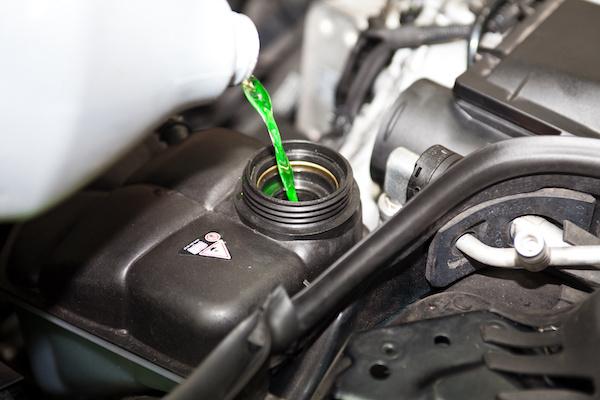
Coolant is a car fluid that is a vital part of the cooling system. It travels through your car's hoses, radiator, water pump, and engine. Its main job is to prevent the engine from overheating by drawing its excess heat away. When the fluid levels drop or become contaminated, it cannot do its job effectively, making your engine susceptible to damage. To avoid major repairs, we recommend getting your coolant flushed as a form of preventative maintenance. When Should You Do It? Sometimes, your automaker will outline when it would make sense for you to get this particular service. The interval varies depending on what type of vehicle you drive, the car's age, and the kind of coolant that your vehicle takes. Some vehicles' fluids need to be flushed as often as every 30,000 miles, while some can go longer. Besides the number of miles, you can look out for the following signs that indicate you need a coolant flush soon: Engine temperature gauge creeping up to "H"&nb ... read more